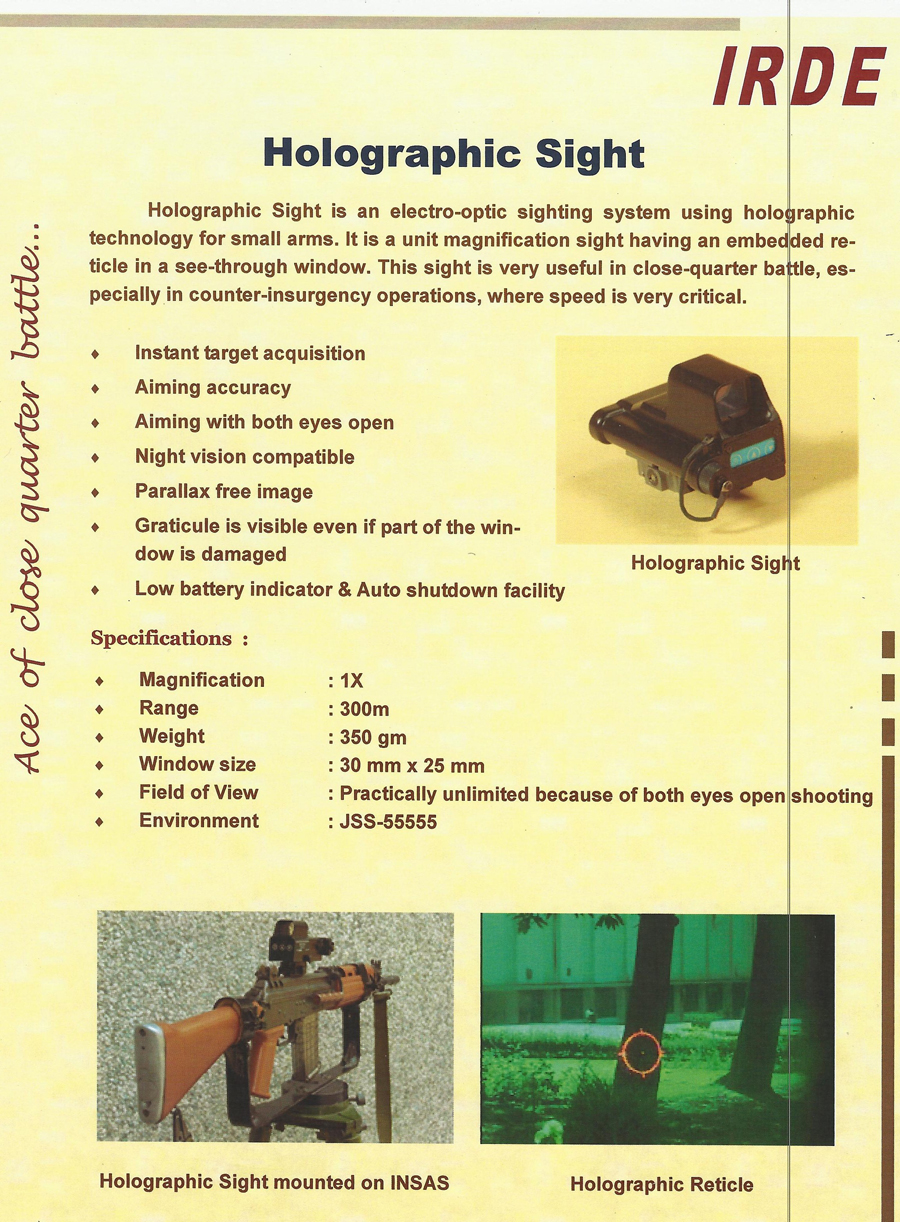Bhadra
New Member
- Joined
- Jul 11, 2011
- Messages
- 11,991
- Likes
- 23,756
Re: F-INSAS Futuristic Infantry Soldier As a System
The secret world of DRDO - The New Indian Express
Rifle recoil: The mass produced INSAS rifle, meant to be the main rifle for the Indian Army has been known to malfunction in extreme conditions. The first known debacle was on August 7, 2005. As the evening shadows grew longer at the Royal Nepal Army's Pili camp in western Kalikot district, about 550 km northwest of capital Kathmandu, Maoist fighters massed silently outside. The roads connecting the camp that housed about 200 soldiers — mostly employed in the construction of a new highway — had been mined. A little before 6 pm, over 1,000 Maoists attacked the camp. Armed with INSAS rifles, the Nepalese soldiers fought back, but in vain. By 4 pm, the Maoists had captured 100 soldiers, and executed 40 of them. Nepal blamed INSAS malfunctions for the disaster: "The rifles are okay if you fight for an hour or two, but are not appropriate for long battles. If we had better weapons, our casualties would have been much less," said a Nepal government spokesman. In November 2011, the Ministry of Defence issued a tender for 66,000 assault rifles to replace the INSAS. The MoD wanted the new rifles to be able to switch calibres between the small, high-velocity 5.56 mm rounds the INSAS fires and the devastatingly powerful 7.62 mm rounds of the older FAL rifles.
The story of this short-lived rifle epitomises the drift in the way the DRDO works, and also between it and the armed forces. The DRDO took a decade to design the INSAS. A few years later, it was supplied to the Army throughout the later half of the 1990s. But the Army did not put all its eggs in the desi basket; it bought 100,000 AK-47s from Bulgaria in 1995 for its frontline units in Kashmir. The INSAS began rolling off the lines soon after, at a cost several times that of the Kalashnikov. When war broke out in Kargil in 1999, INSASs jammed; the transparent polymer magazines cracked. Its ammunition-conserving three-round burst went virally fully automatic. An oil spray glitch was detected. By 2002, the Army had ordered the Israeli Tavor 21 rifle for its special forces and the Galil for its snipers. This year, the Special Forces will induct US-made M-4 rifles, the Vietnam-era M-16's newer version that US soldiers now use in Afghanistan. "DRDO products are half imported and half prepared here, which is dangerous. Defence is too serious business to be left to
The secret world of DRDO - The New Indian Express
Rifle recoil: The mass produced INSAS rifle, meant to be the main rifle for the Indian Army has been known to malfunction in extreme conditions. The first known debacle was on August 7, 2005. As the evening shadows grew longer at the Royal Nepal Army's Pili camp in western Kalikot district, about 550 km northwest of capital Kathmandu, Maoist fighters massed silently outside. The roads connecting the camp that housed about 200 soldiers — mostly employed in the construction of a new highway — had been mined. A little before 6 pm, over 1,000 Maoists attacked the camp. Armed with INSAS rifles, the Nepalese soldiers fought back, but in vain. By 4 pm, the Maoists had captured 100 soldiers, and executed 40 of them. Nepal blamed INSAS malfunctions for the disaster: "The rifles are okay if you fight for an hour or two, but are not appropriate for long battles. If we had better weapons, our casualties would have been much less," said a Nepal government spokesman. In November 2011, the Ministry of Defence issued a tender for 66,000 assault rifles to replace the INSAS. The MoD wanted the new rifles to be able to switch calibres between the small, high-velocity 5.56 mm rounds the INSAS fires and the devastatingly powerful 7.62 mm rounds of the older FAL rifles.
The story of this short-lived rifle epitomises the drift in the way the DRDO works, and also between it and the armed forces. The DRDO took a decade to design the INSAS. A few years later, it was supplied to the Army throughout the later half of the 1990s. But the Army did not put all its eggs in the desi basket; it bought 100,000 AK-47s from Bulgaria in 1995 for its frontline units in Kashmir. The INSAS began rolling off the lines soon after, at a cost several times that of the Kalashnikov. When war broke out in Kargil in 1999, INSASs jammed; the transparent polymer magazines cracked. Its ammunition-conserving three-round burst went virally fully automatic. An oil spray glitch was detected. By 2002, the Army had ordered the Israeli Tavor 21 rifle for its special forces and the Galil for its snipers. This year, the Special Forces will induct US-made M-4 rifles, the Vietnam-era M-16's newer version that US soldiers now use in Afghanistan. "DRDO products are half imported and half prepared here, which is dangerous. Defence is too serious business to be left to















